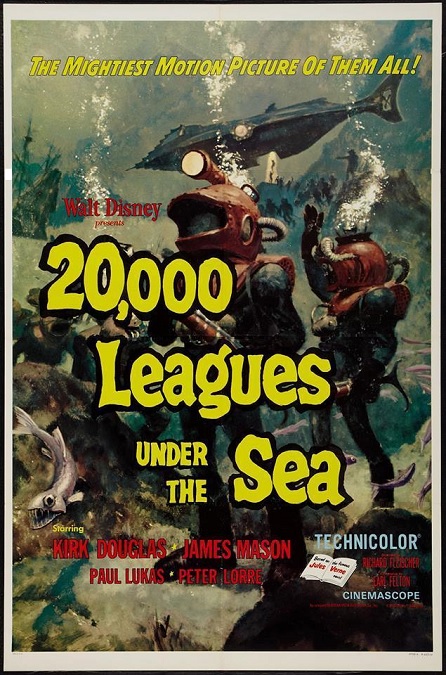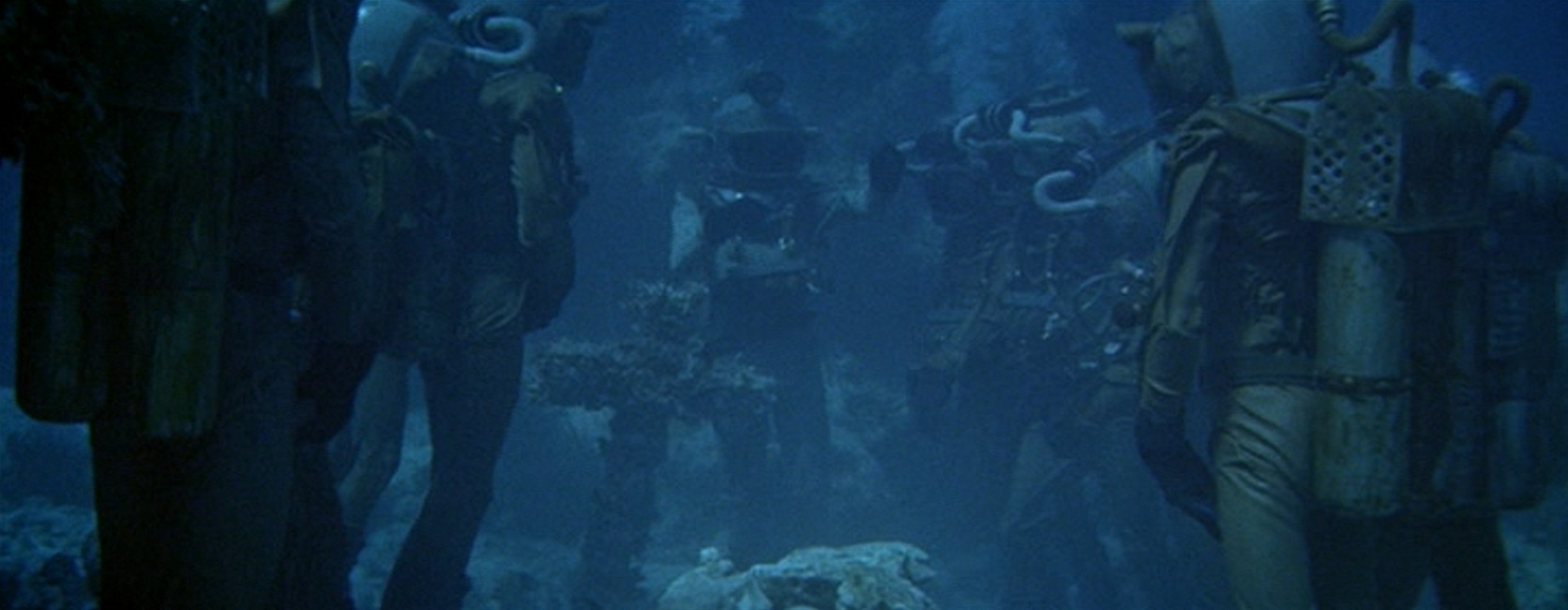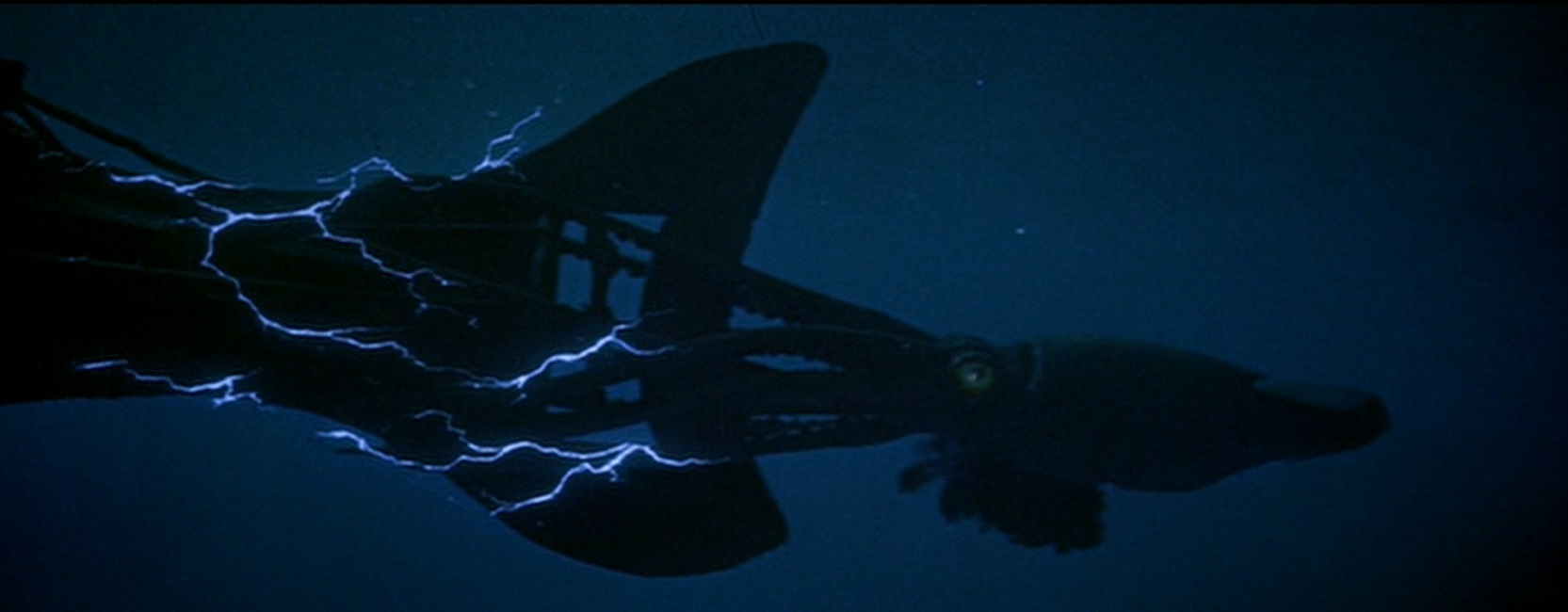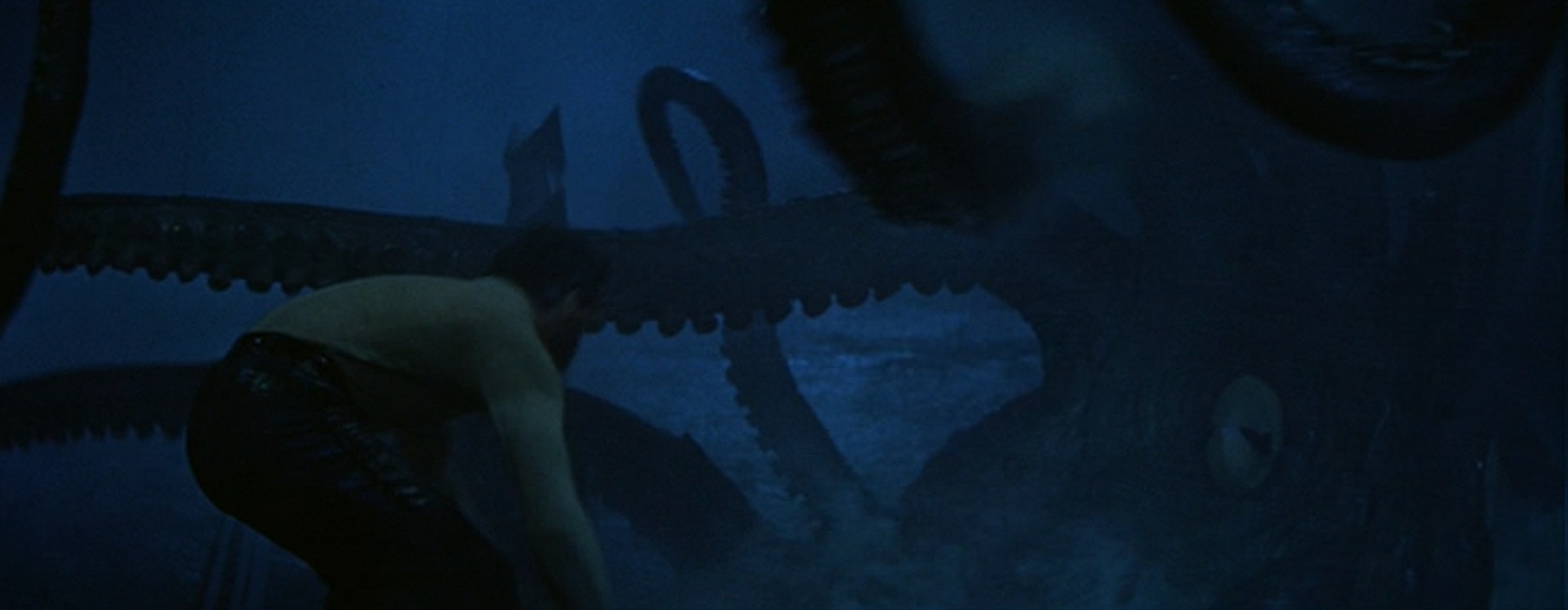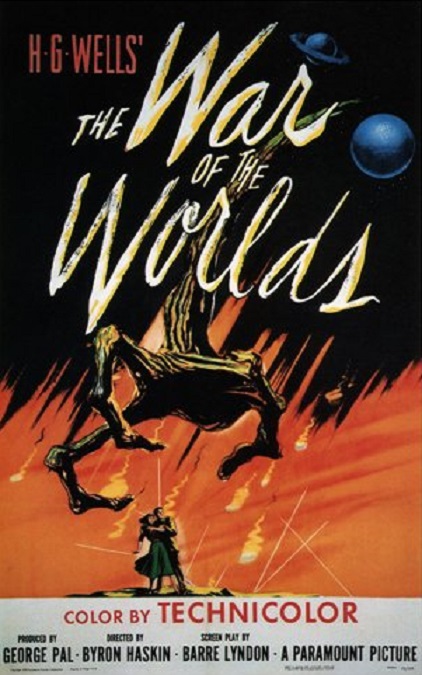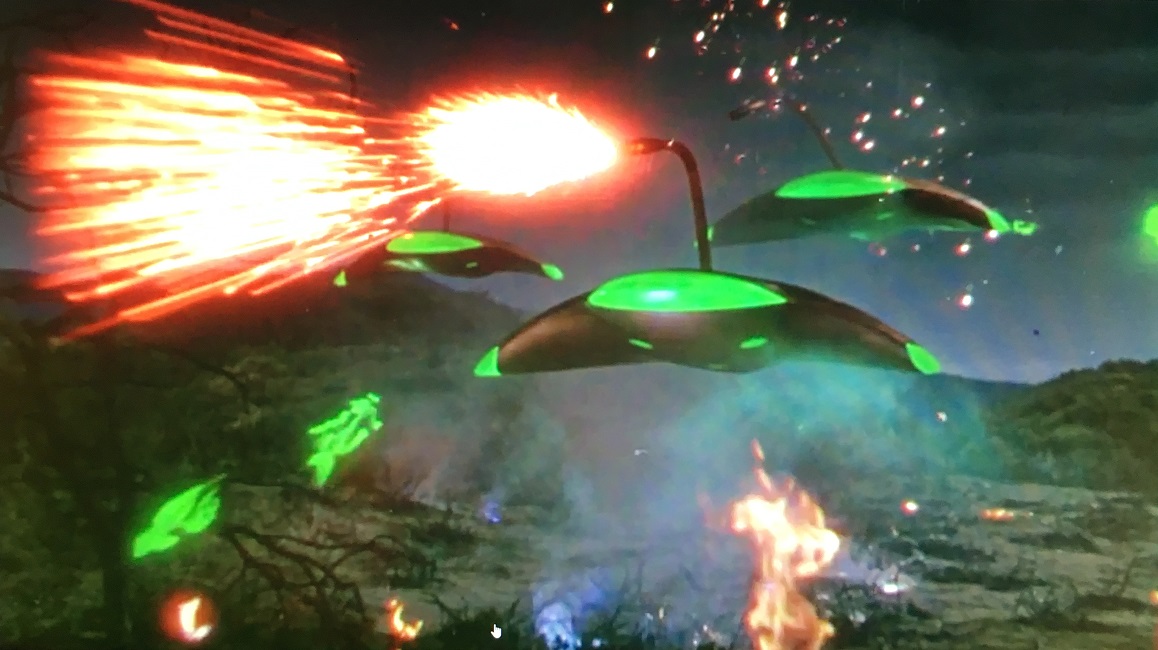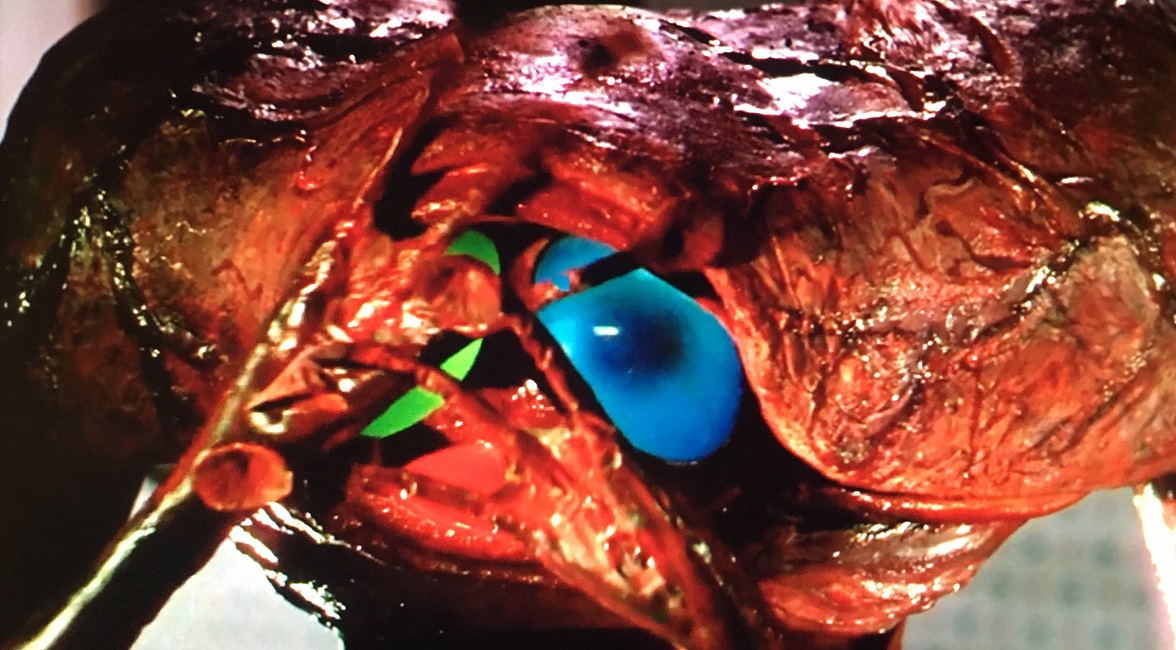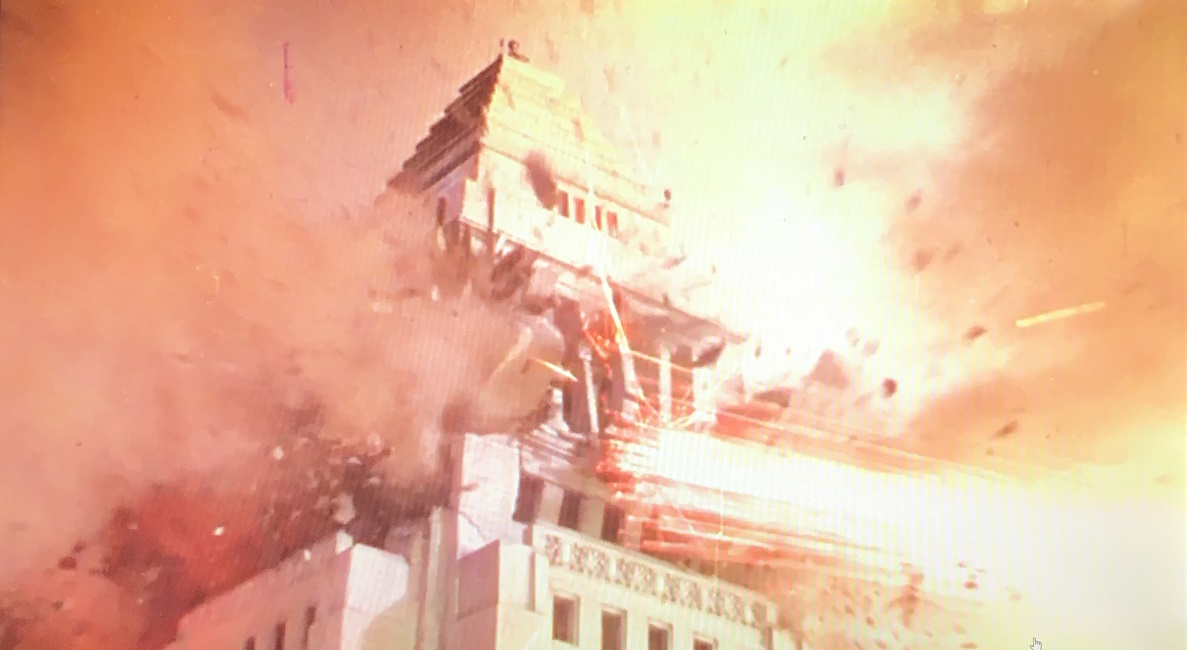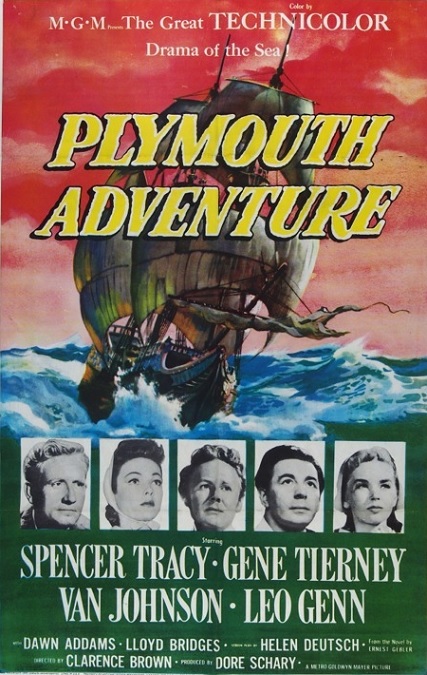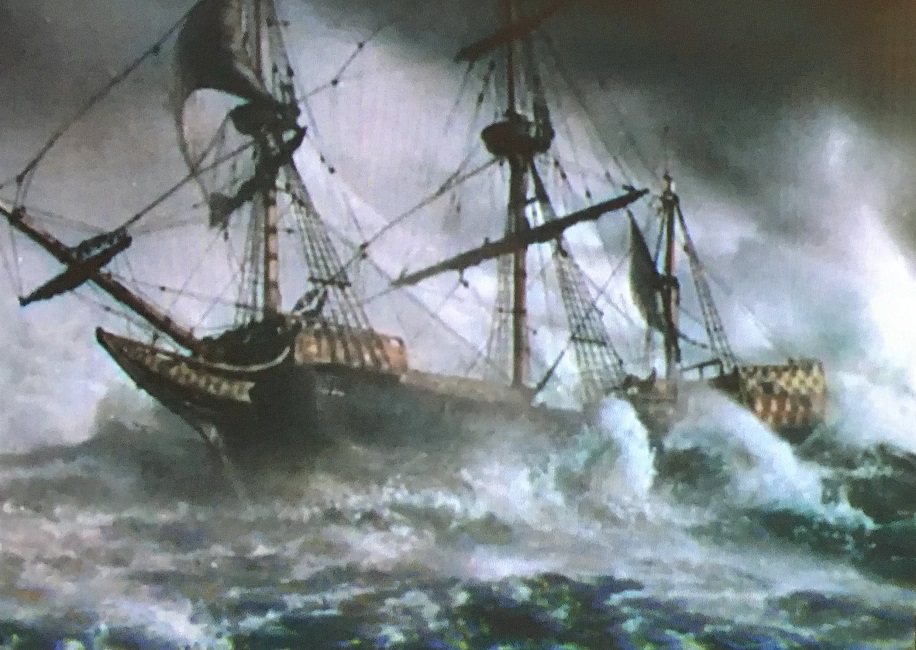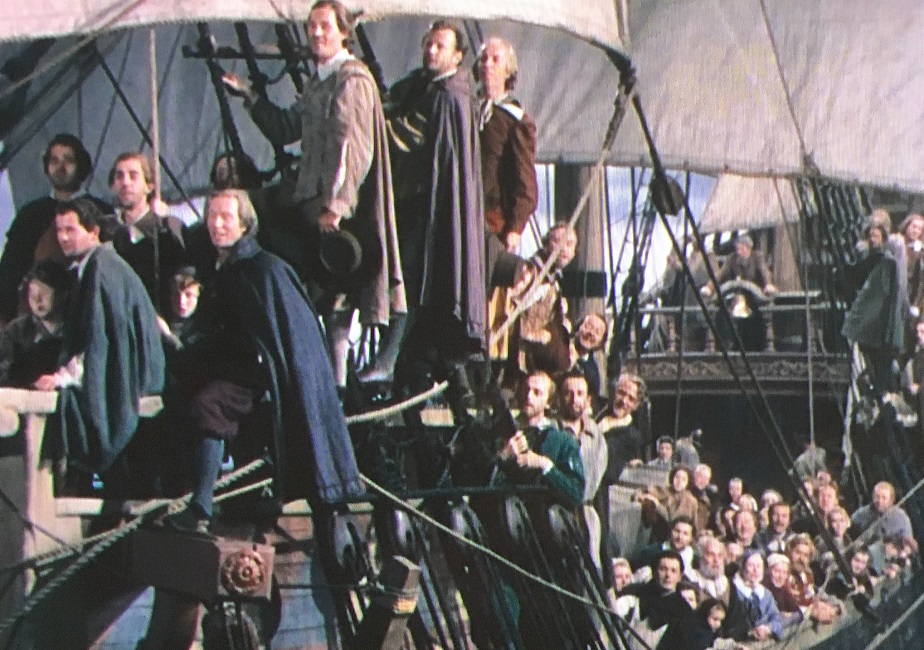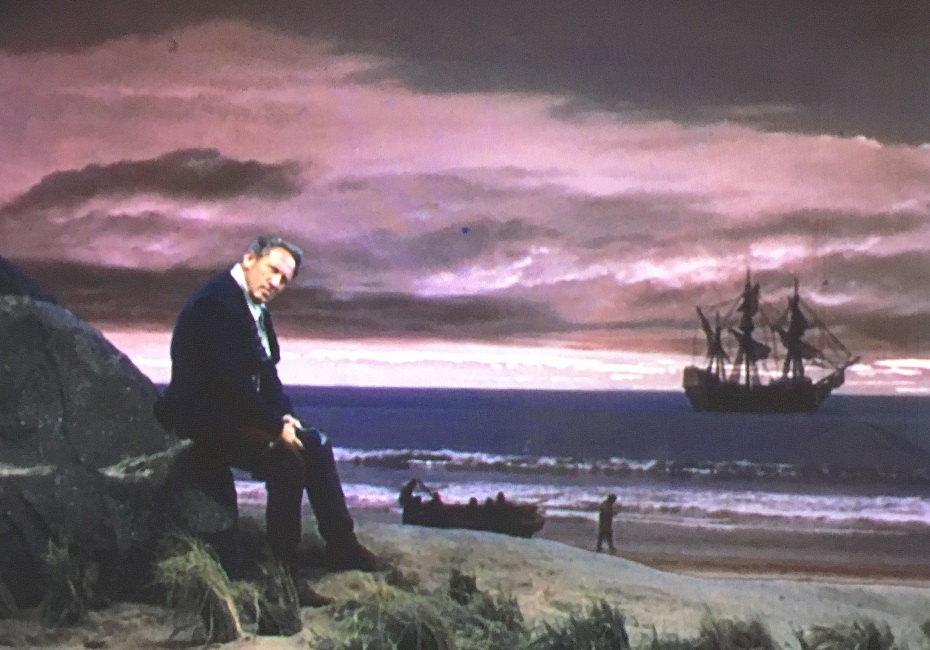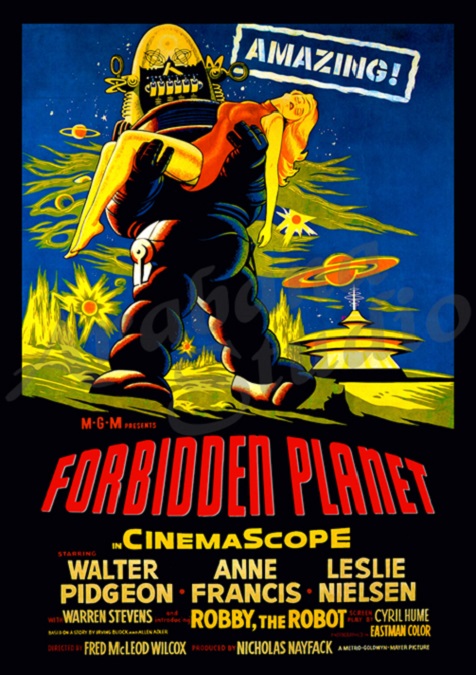
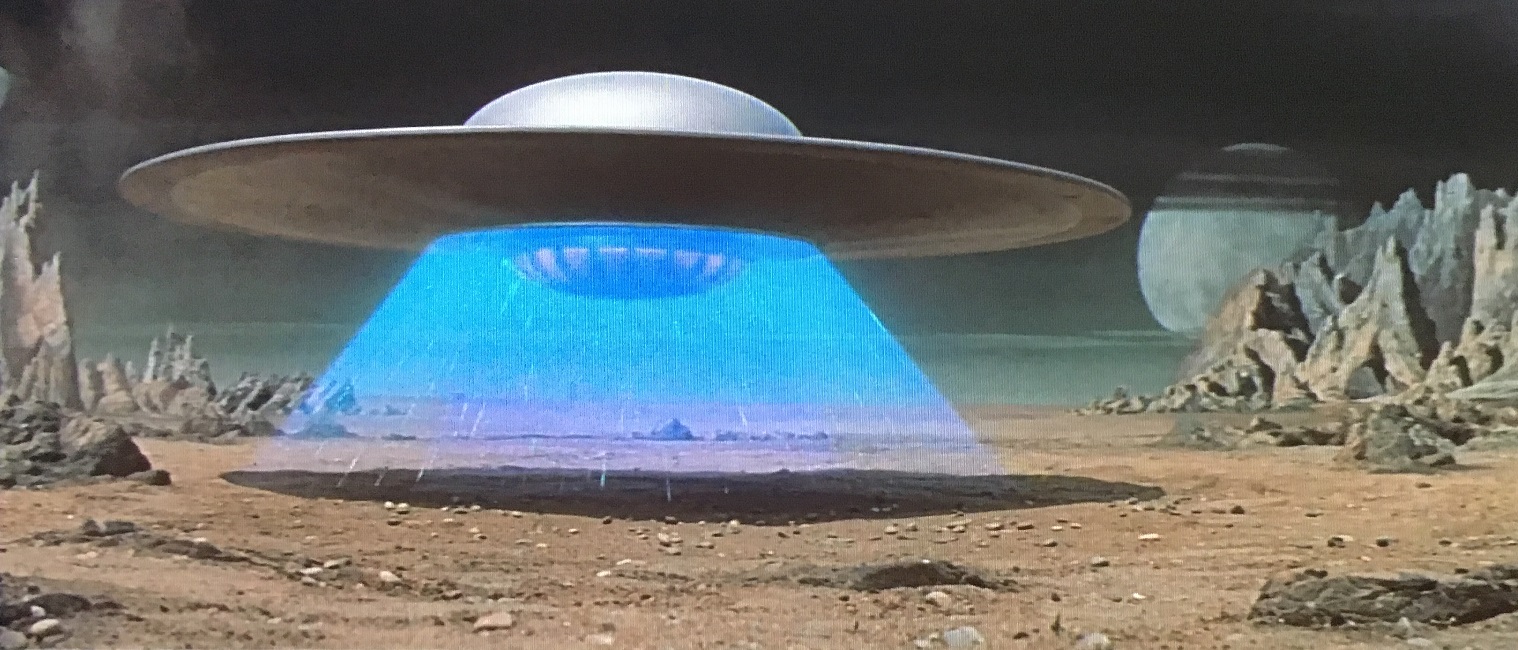
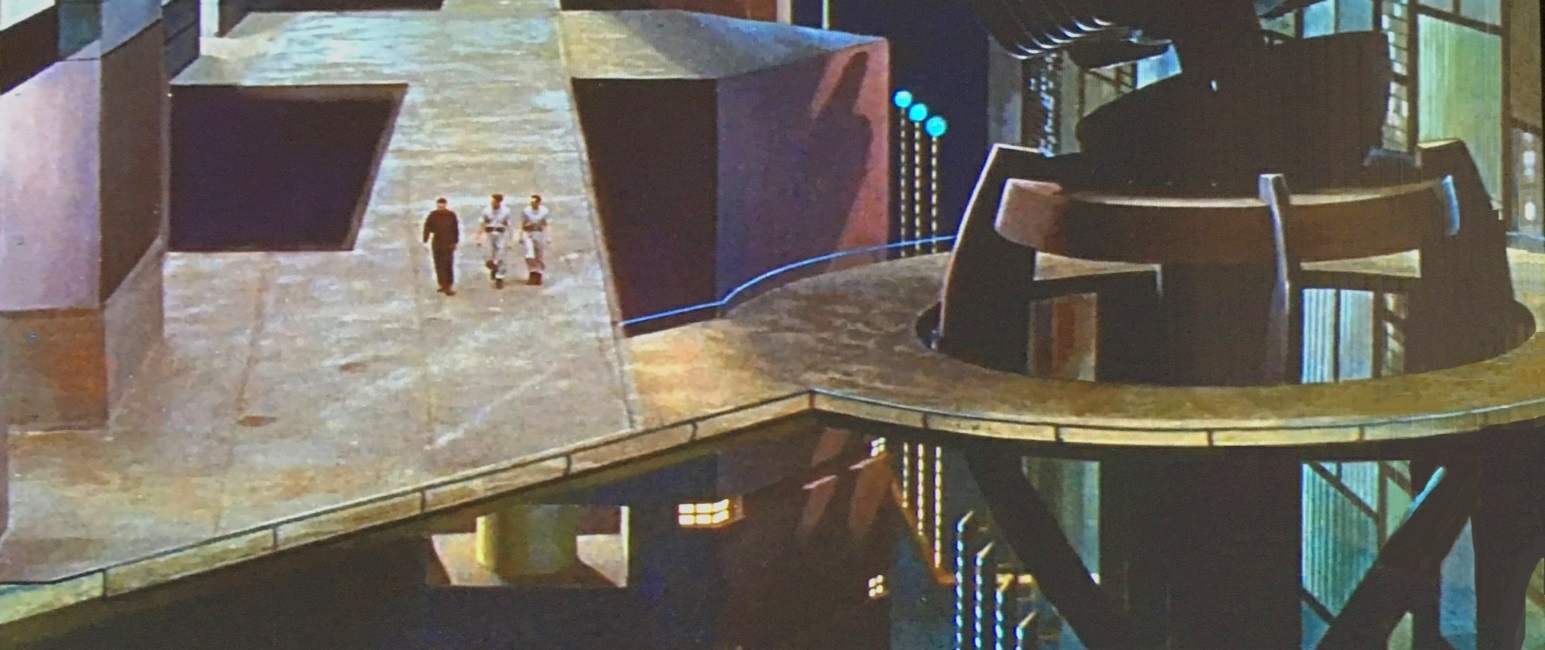
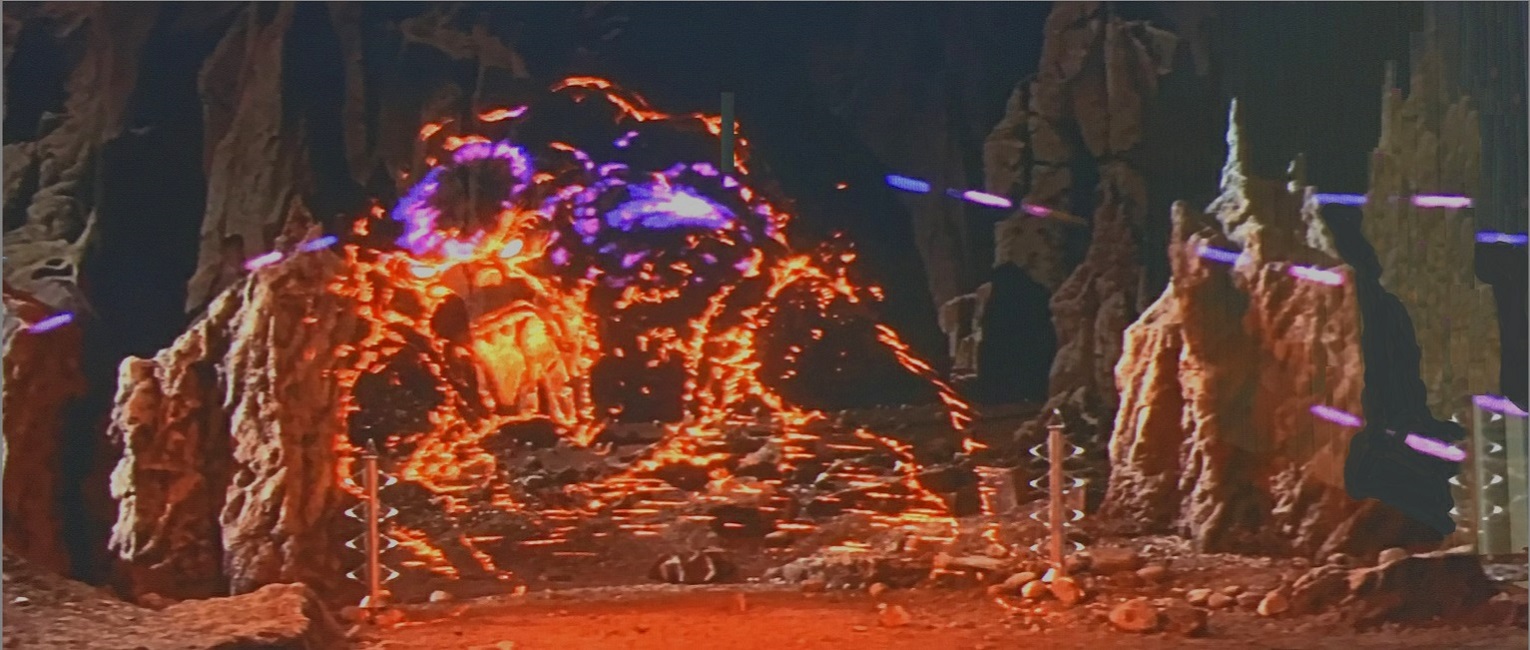
Forbidden Planet – 1956
 Wow! Another great movie for the Special Effects category in 1956! These effects were creative, inventive, and integral to the telling of the story. The were big, colorful, and visually dazzling. In other words, they were everything that the category embodies, and it really deserved its Oscar nomination. But the reason it didn’t take home its statue is that it was up against The Ten Commandments. Kind of hard to beat that one.
Wow! Another great movie for the Special Effects category in 1956! These effects were creative, inventive, and integral to the telling of the story. The were big, colorful, and visually dazzling. In other words, they were everything that the category embodies, and it really deserved its Oscar nomination. But the reason it didn’t take home its statue is that it was up against The Ten Commandments. Kind of hard to beat that one.
This was a true science fiction fantasy film. The story takes place in the far future, where mankind is seeding the galaxy with colonies. Space travel is common, and there is also a interstellar military organization that maintains and polices the settlements. The concept sounds vaguely familiar, right? Well, it should. Gene Roddenberry, creator of Star Trek, has said that Forbidden Planet was one of his inspirations when developing his famous franchise.
The only other two space fiction films that had been previously nominated for Best Special Effects were Destination Moon in 1950 and When Worlds Collide in 1951. The fantastic visuals included things like a great shot of the flying saucer cruising around the dark side of a planet, causing a spectacular eclipse, the matte-painted alien landscape, ray-guns with electric purple beams, a massively gigantic underground complex, and an invisible monster that is made visible in a fiery ghost-like outline. And all this was wrapped up in a fantastic and well-developed script that went a long way to light up my imagination and enhance the realism of the plot’s fantasy.
The fiery ID monster was one of the coolest effects in the film. I originally thought it was simply impressive hand-drawn animation, but my research turned up something a bit more complicated. According to Wikipedia, the special effects artist, Joshua Meador, an animator on loan from Disney, “sketched each frame of the entire sequence in black pencil on white paper; each page was then photographed in high contrast, so that only the major details remained visible. These images were then photographically reversed into negative and the resulting white line images were then tinted red, creating the effect of the Id Monster’s body remaining largely invisible, with only its major outlines illuminated by the energy from the force-field and blaster beams.”
And I have to mention the infamous Robby the Robot. This was the film that created the iconic machine that was used over and over again in movies and television, from The Twilight Zone to Lost in Space. The robot effect cost about $125,000 to build, but has since become the most expensive movie prop ever to be auctioned, going for a price of $5.3 million. Even in the mid-50s, he looked great!
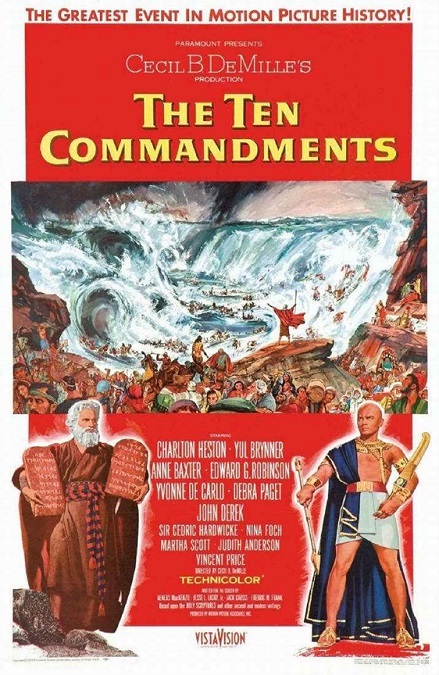
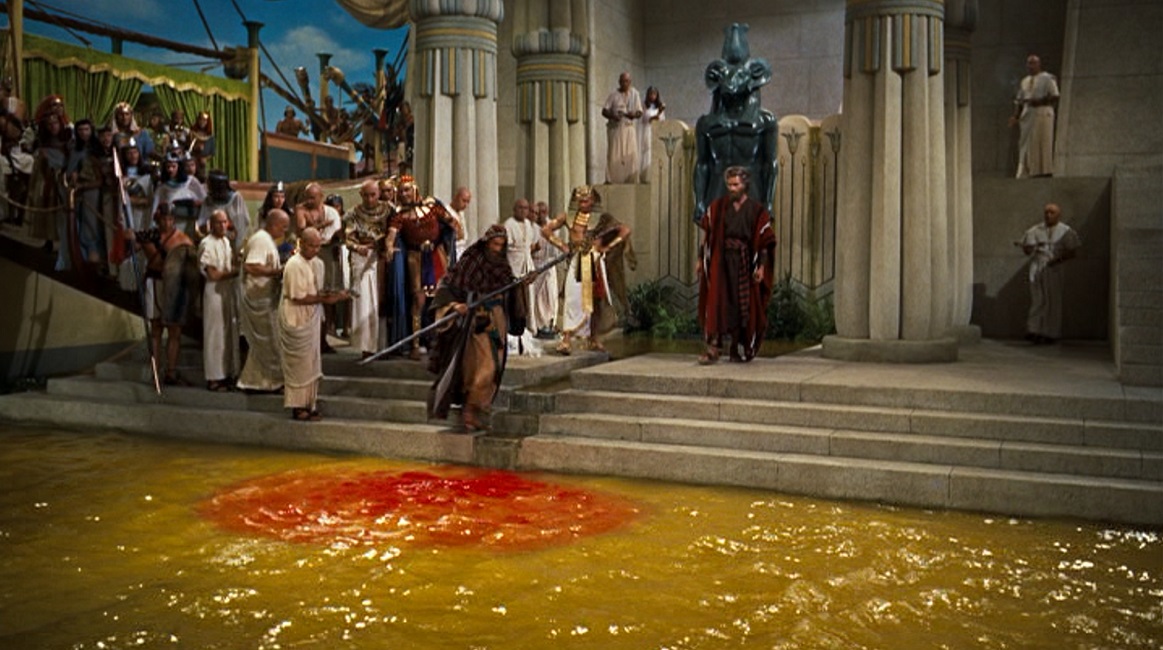
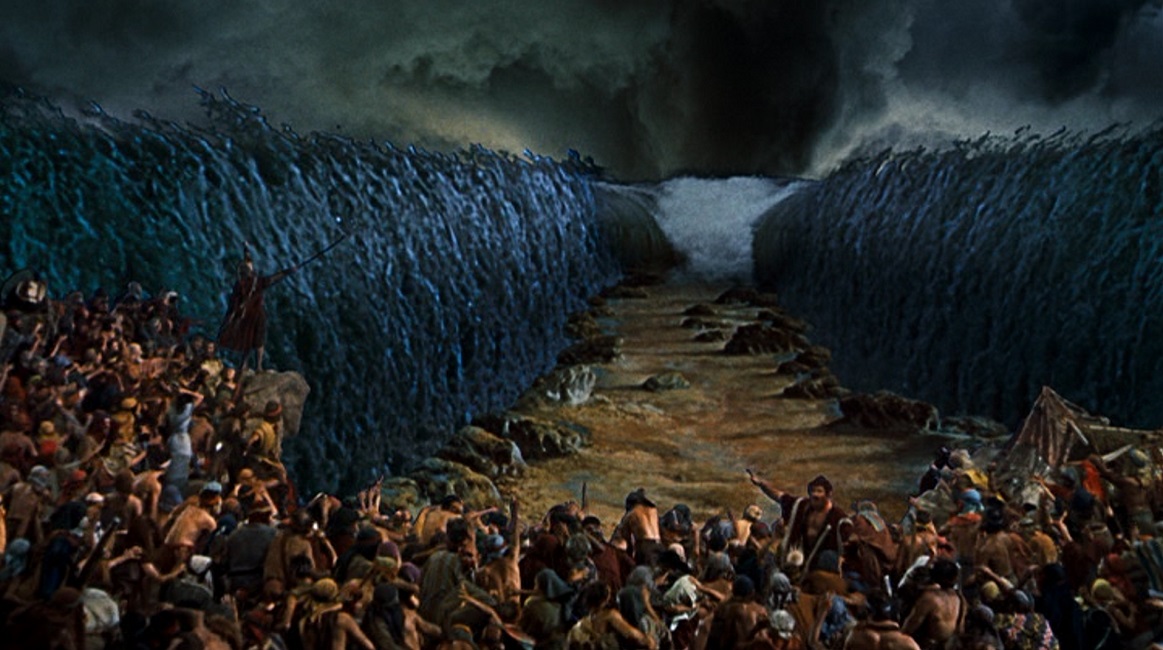
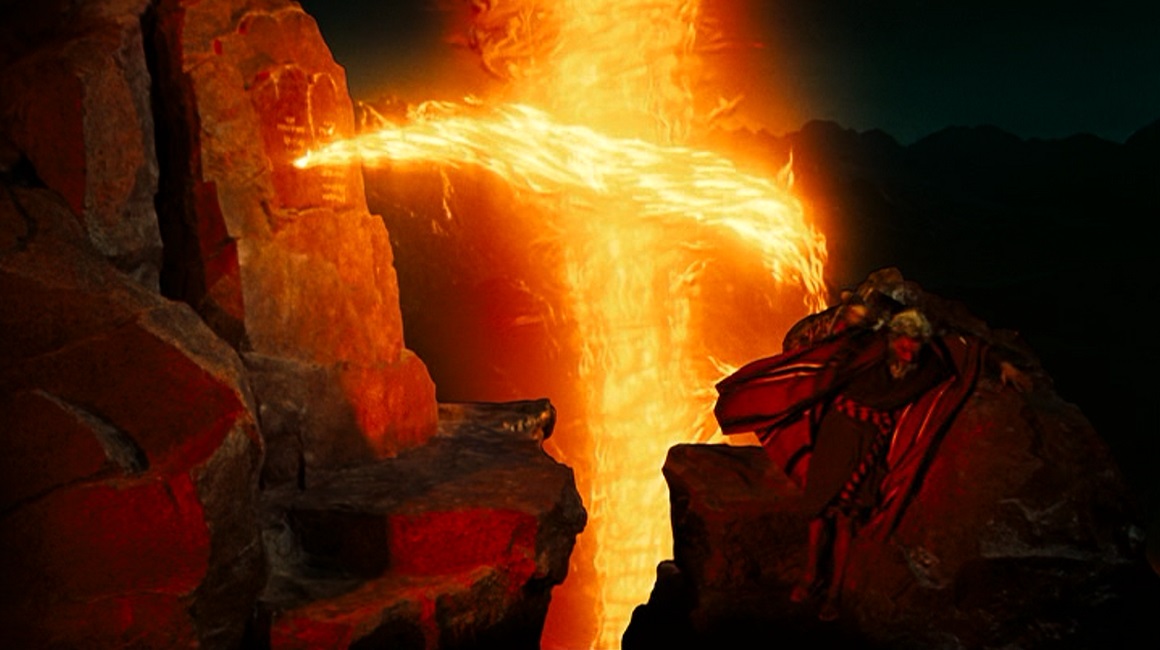
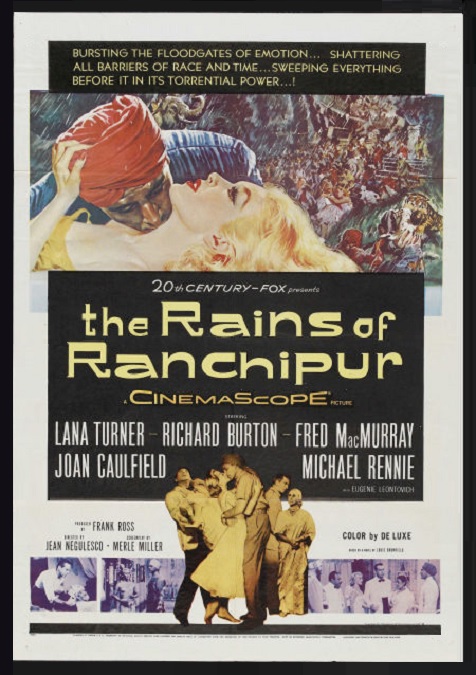
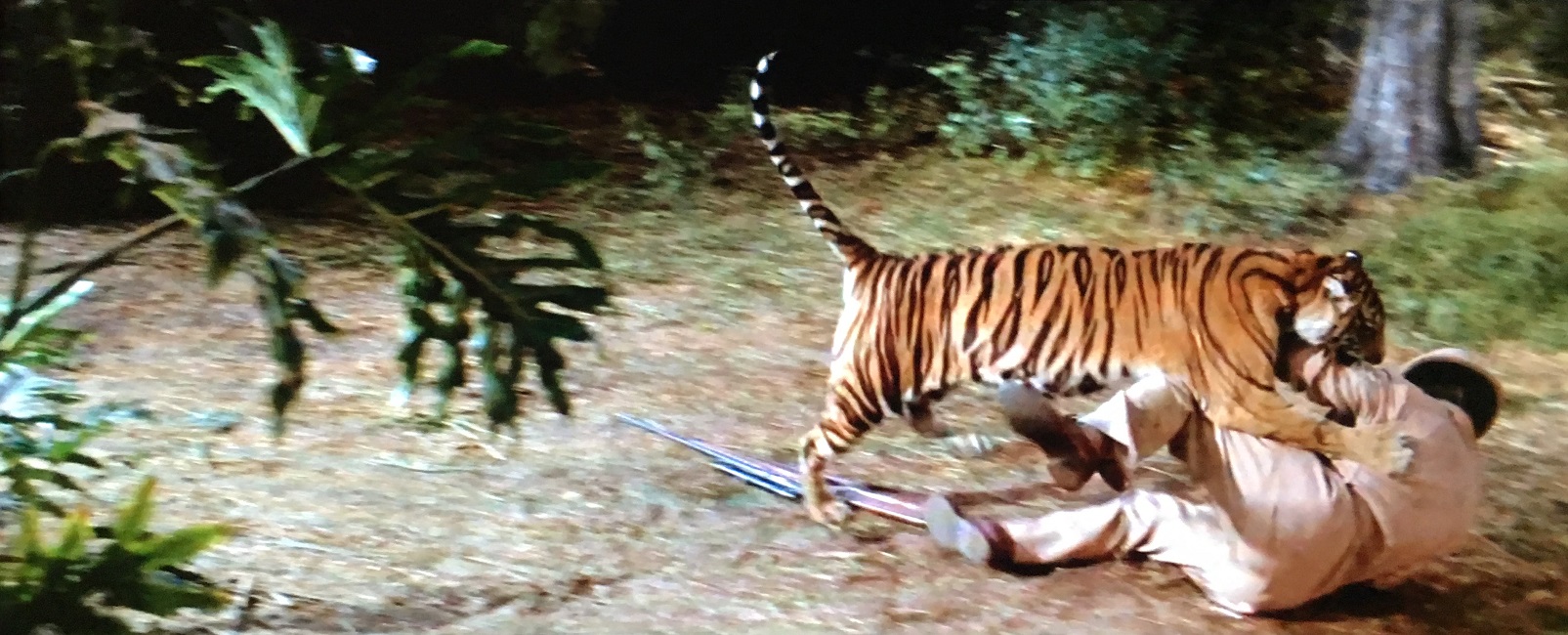
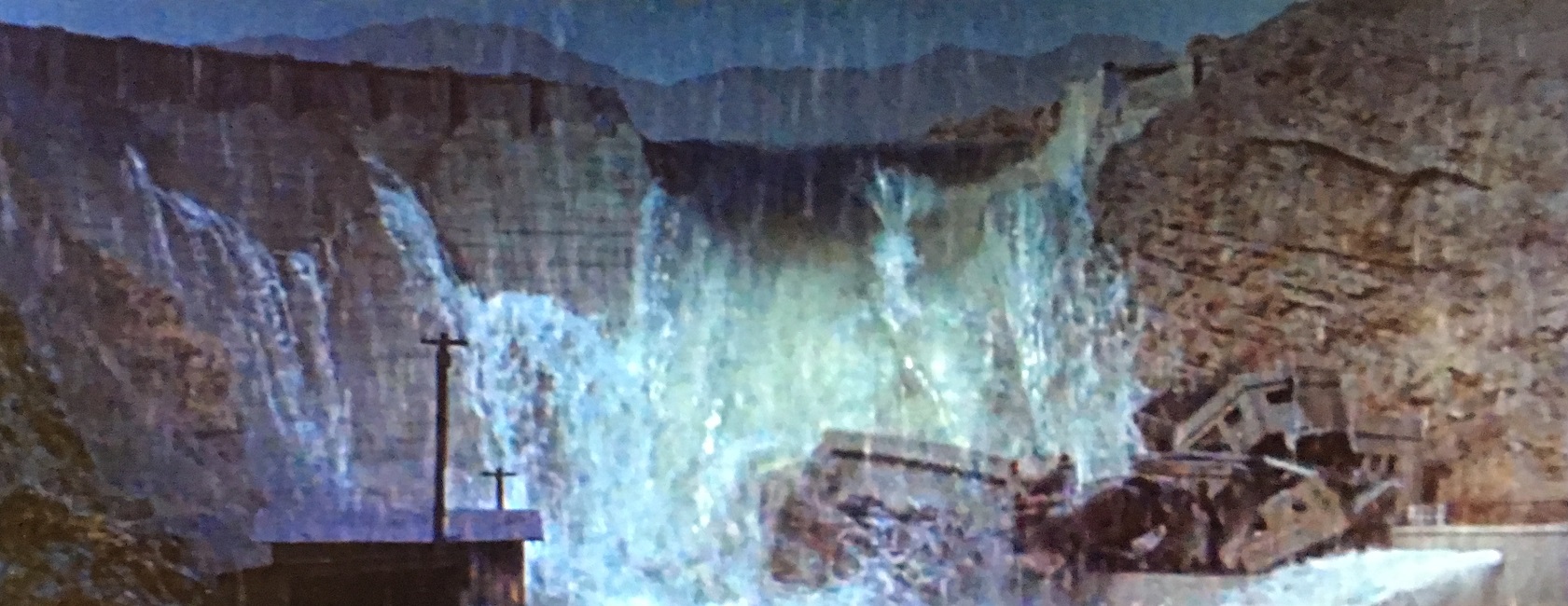
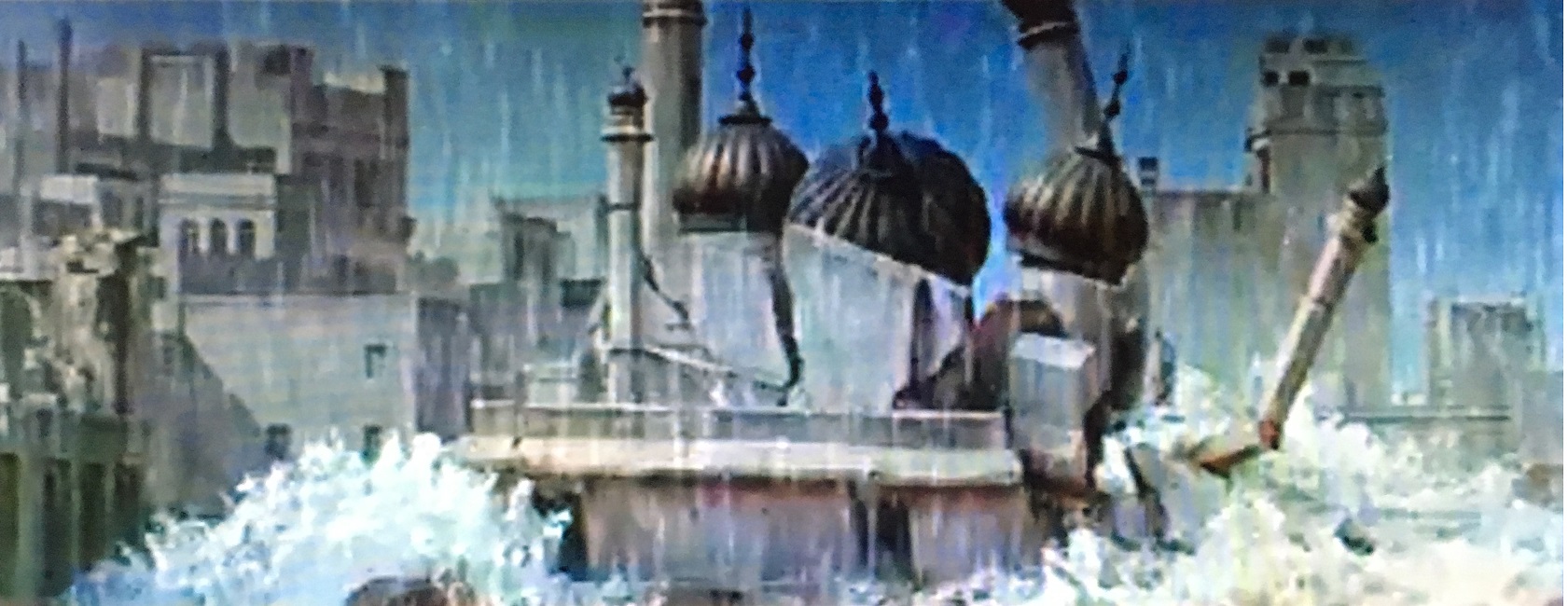
 This movie was a remake of the 1939 Best Special Effects winner, The Rains Came. There were very few significant changes to the story line, and the visual effects covered the exact same natural disaster. But this time it was all in Technicolor. The only real addition was a short and quick tiger attack, and a toppling palace. So why did I give this film only three stars when its predecessor had five?
This movie was a remake of the 1939 Best Special Effects winner, The Rains Came. There were very few significant changes to the story line, and the visual effects covered the exact same natural disaster. But this time it was all in Technicolor. The only real addition was a short and quick tiger attack, and a toppling palace. So why did I give this film only three stars when its predecessor had five?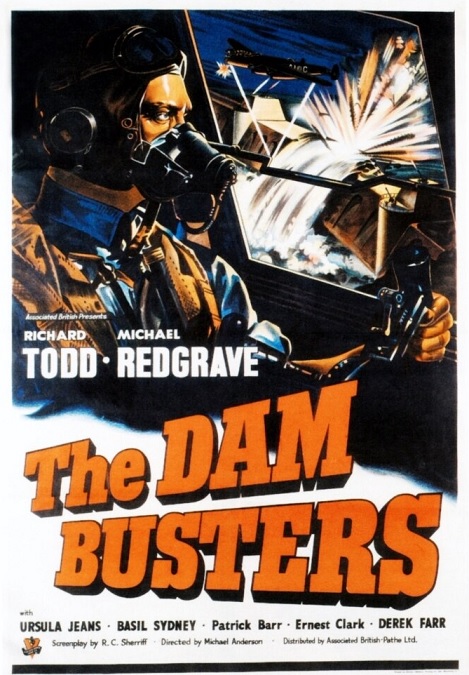
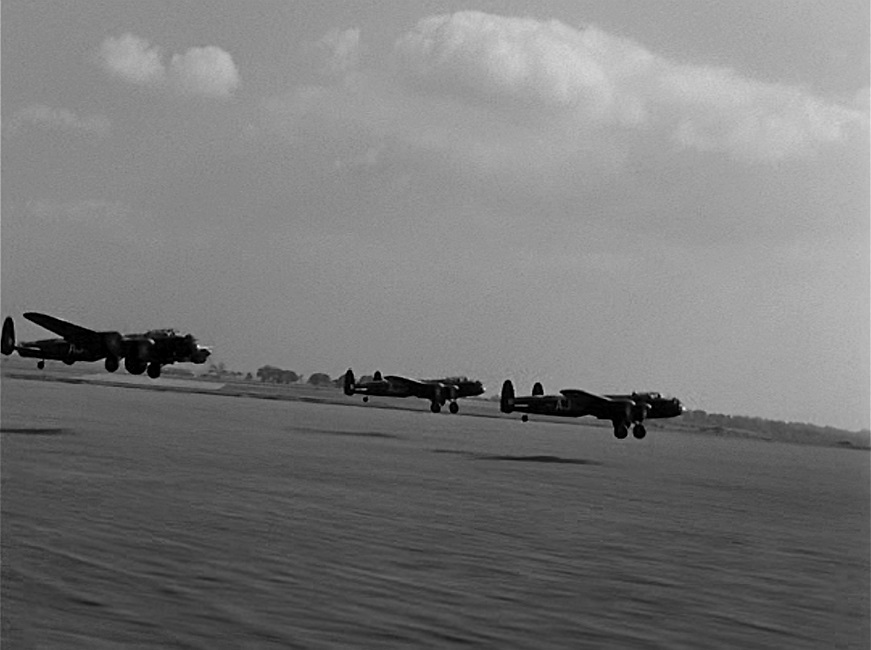
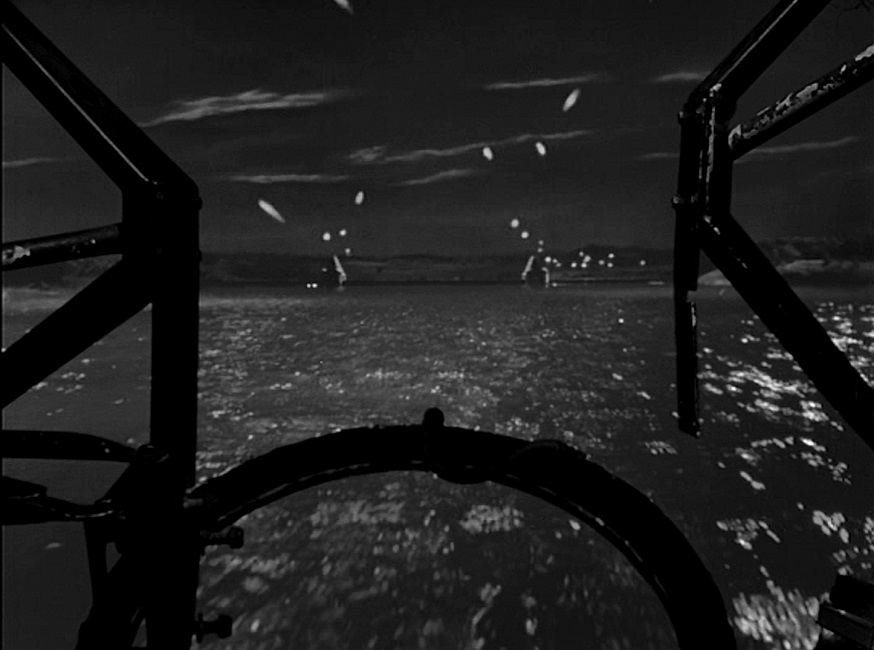
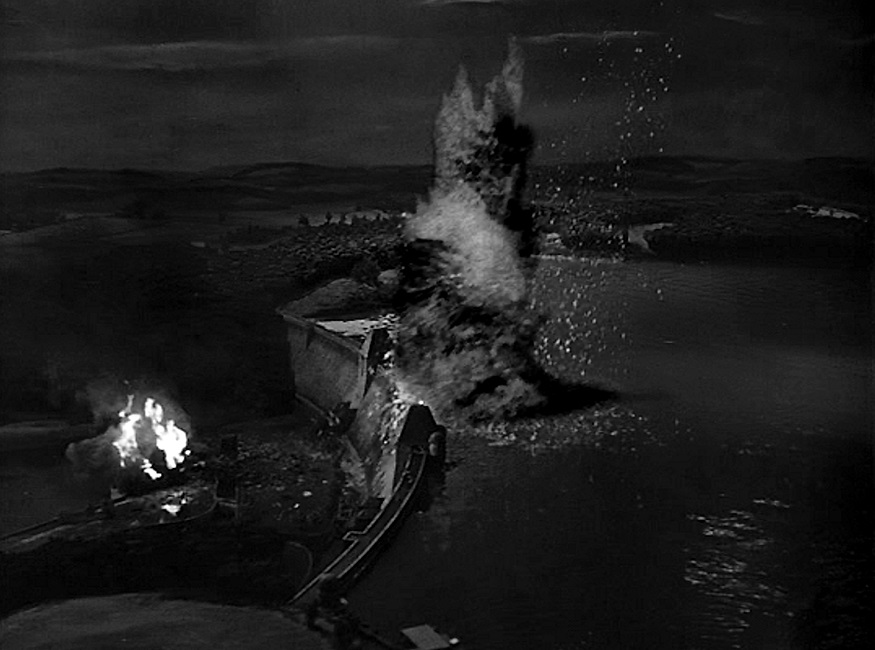

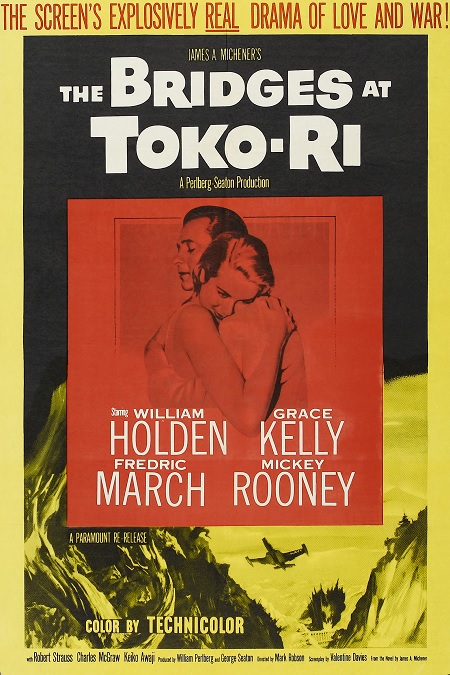
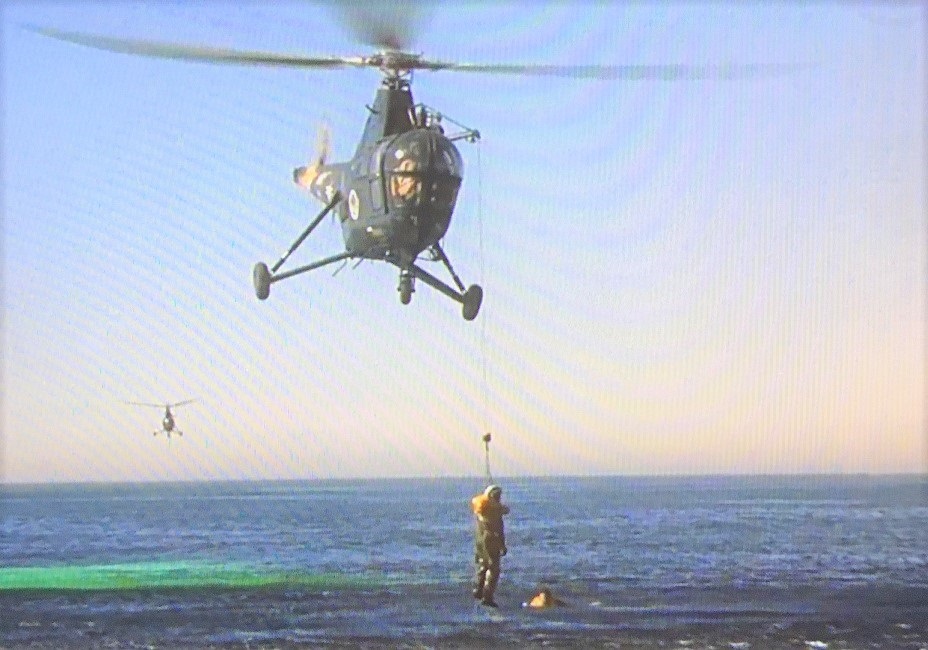
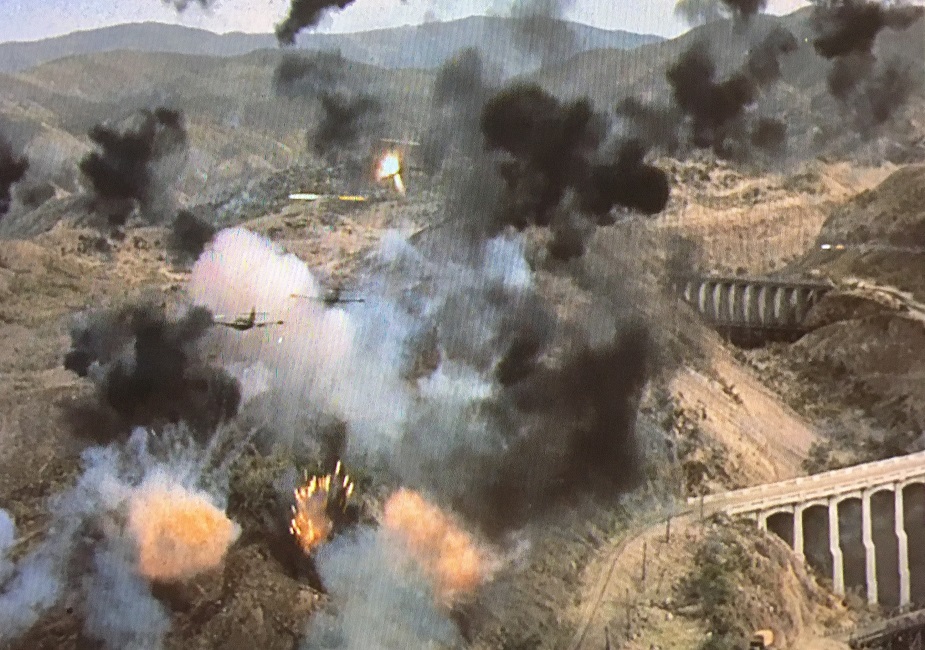
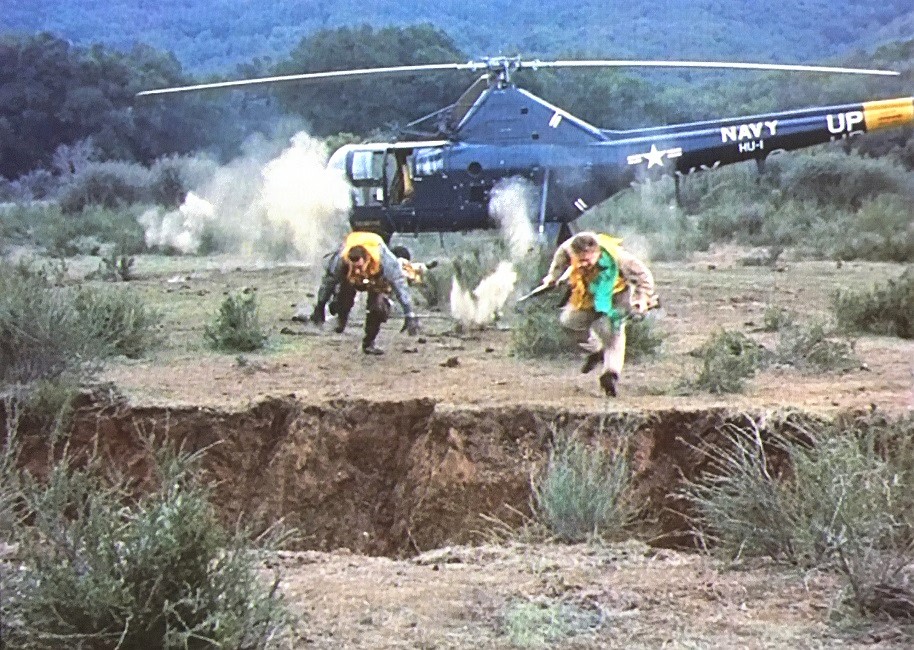
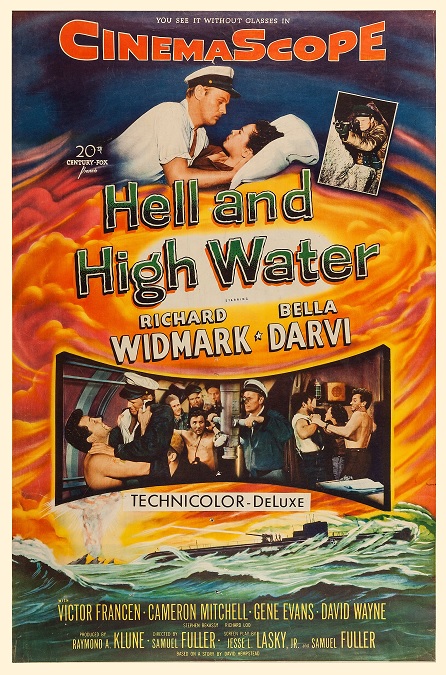
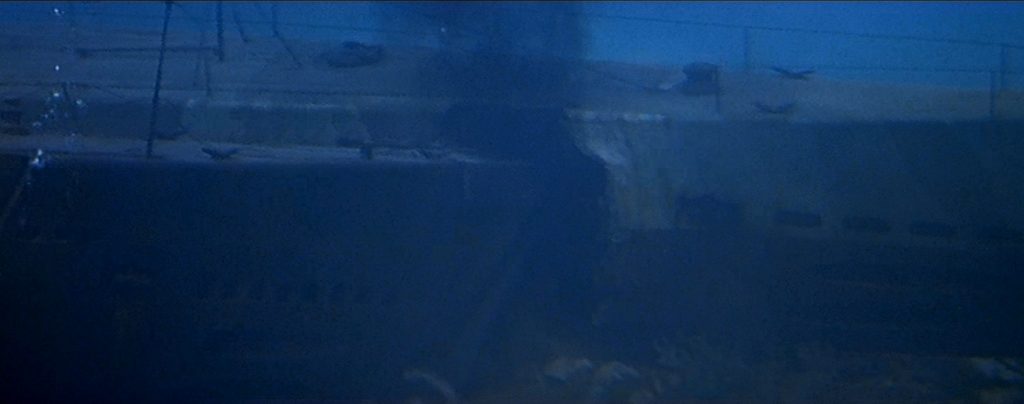
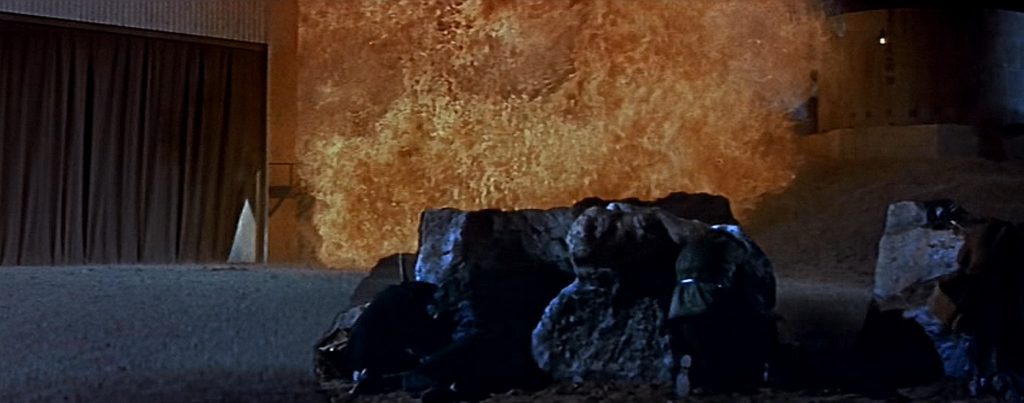
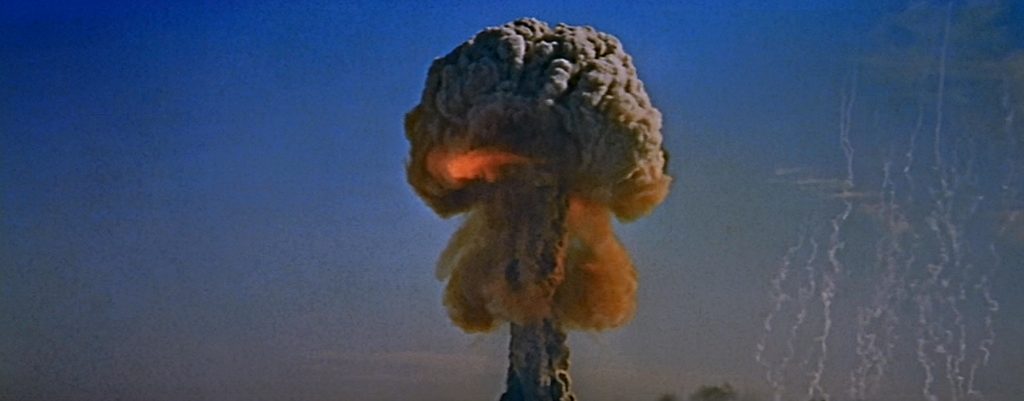
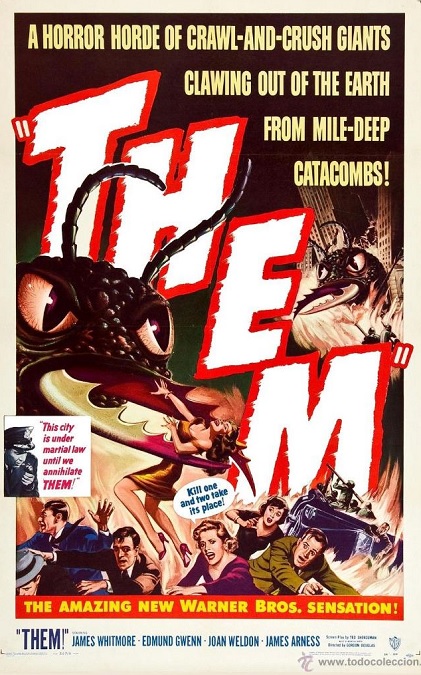
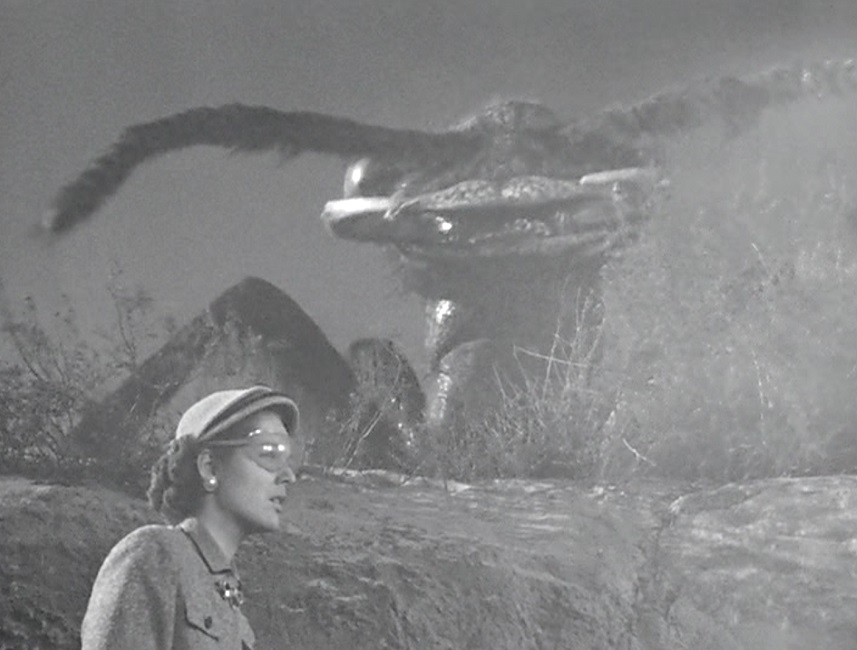
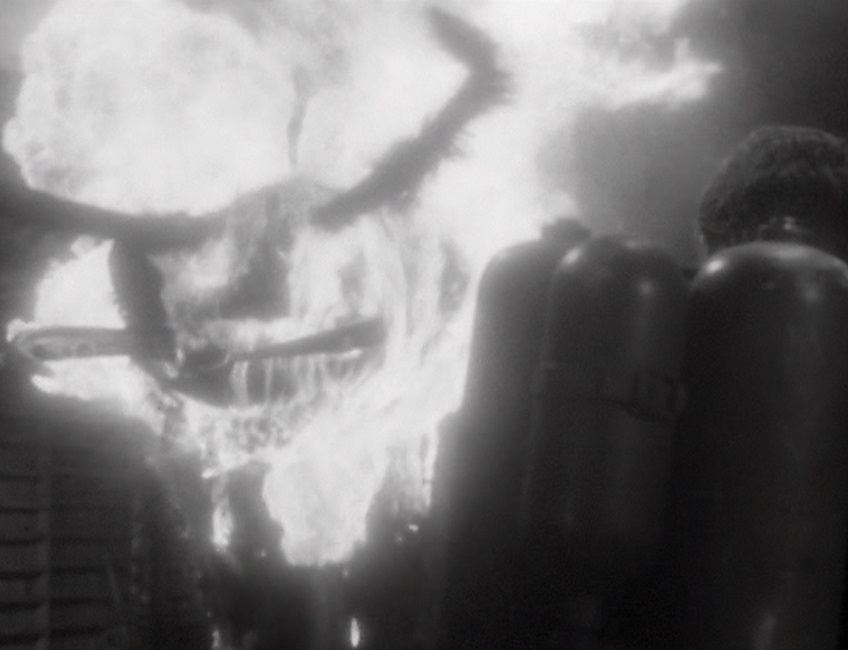
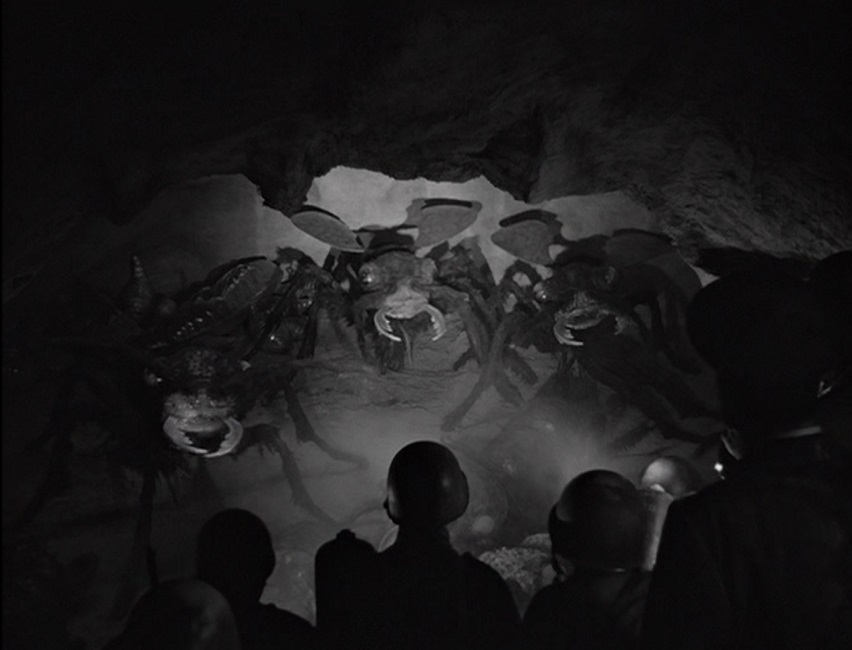
 I don’t understand what was so special about the special effects for this movie. They used some very big animatronics, and that was their big draw, but I wasn’t impressed. The giant ants looked fake, moved slowly, and appeared to be very clunky. And I’m not just saying that based on today’s standards. This movie looked like it could have easily come out in the 1930s.
I don’t understand what was so special about the special effects for this movie. They used some very big animatronics, and that was their big draw, but I wasn’t impressed. The giant ants looked fake, moved slowly, and appeared to be very clunky. And I’m not just saying that based on today’s standards. This movie looked like it could have easily come out in the 1930s.